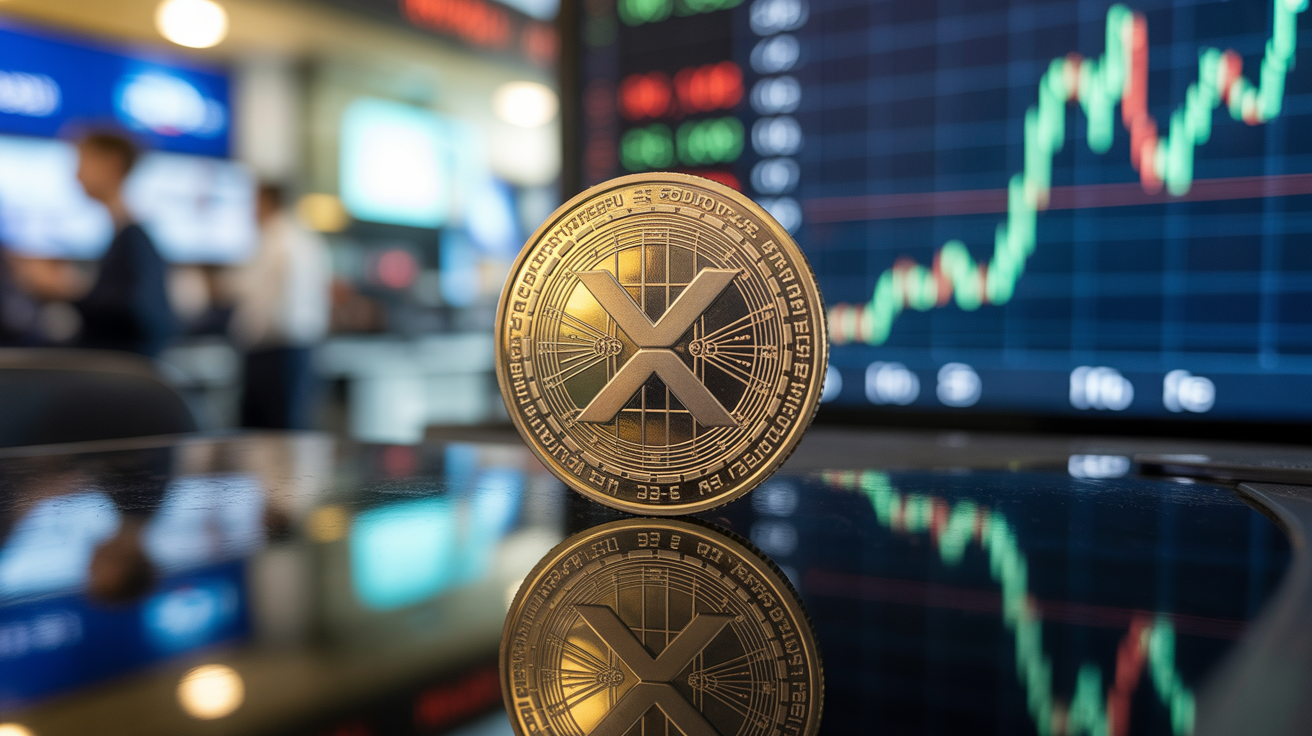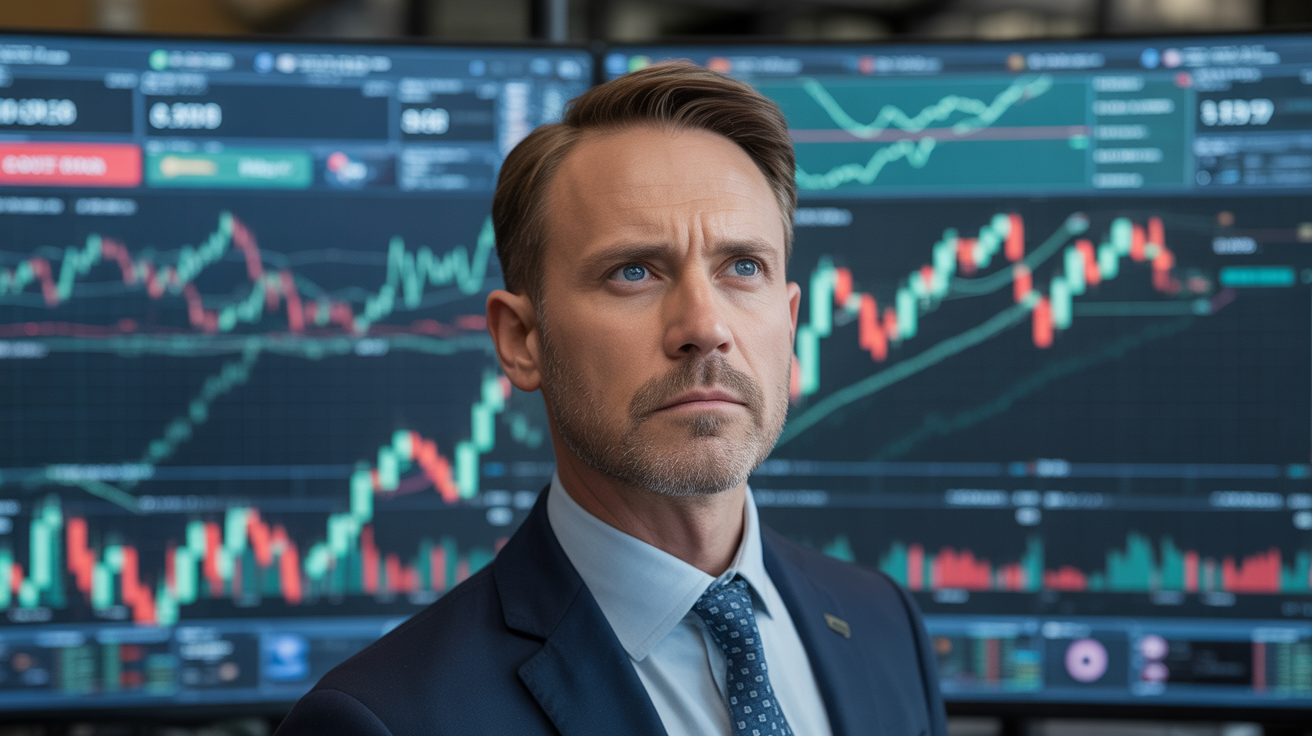Bitcoin Holds Steady Near $120K as Analysts Reject Market Top Fears
XRP, SUI, and UNI stood out on Monday as top performers while the broader crypto market cooled off after recent sharp gains.
Bitcoin nearly touched $123,000 earlier in the day but pulled back during U.S. trading hours, slipping below $120,000 and erasing much of its overnight momentum. Still, the largest cryptocurrency managed a modest 0.6% gain over the past 24 hours.
Meanwhile, Ethereum’s ether fell below $3,000, and tokens like dogecoin (DOGE), Cardano (ADA), and Stellar (XLM) each dropped between 2% and 3%.
Among major altcoins, XRP rose 2.5%, SUI surged by 10%, and Uniswap’s UNI advanced 6%.
Crypto-related stocks also pared back some earlier gains, though MicroStrategy (MSTR) and Galaxy Digital (GLXY) remained up 3%-4%, while Coinbase (COIN) edged higher by 1.5%.
Following bitcoin’s more than 10% rally over the past week—and even larger jumps in certain altcoins—analysts said the market might pause for some consolidation as traders lock in profits. However, they don’t believe the current rally is anywhere near its peak.
Jeff Dorman, CIO at digital asset investment firm Arca, noted that prior major tops, like March 2024’s surge around the spot bitcoin ETF approval and the late-2024/early-2025 rally tied to Trump’s election, were marked by altcoin derivatives open interest overtaking bitcoin’s.
“We’re not close to that sort of market euphoria right now,” Dorman said in a Monday note.
He also pointed out that trading volumes on centralized and decentralized exchanges climbed 23% week-over-week, but remain far below the levels seen in past widespread market surges.
Eric Demuth, CEO of Europe-based crypto exchange Bitpanda, attributed bitcoin’s strength to growing concerns about sovereign debt and investors seeking protection against monetary inflation.
He believes a bitcoin price of €200,000 ($233,000) is “absolutely possible,” but emphasized that broader adoption matters more than hitting price targets.
“The real story is what happens as bitcoin becomes a fixture in institutional portfolios, sovereign wealth reserves, and the banking infrastructure,” Demuth said. “And that transiti




























